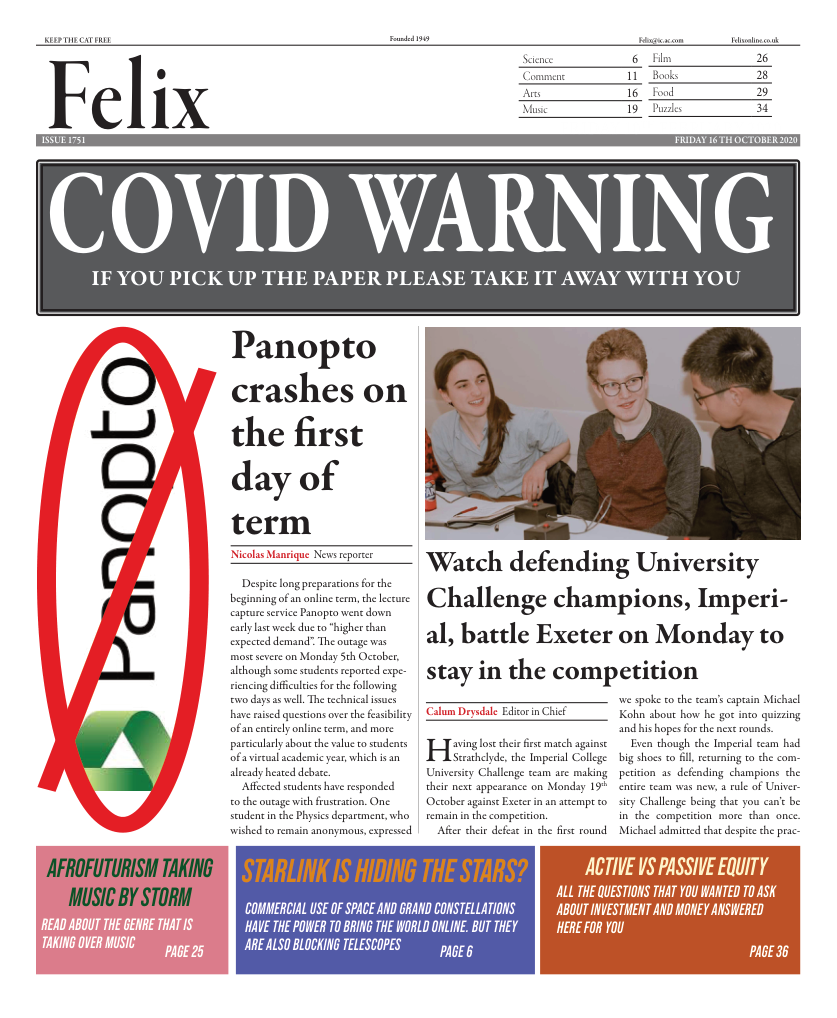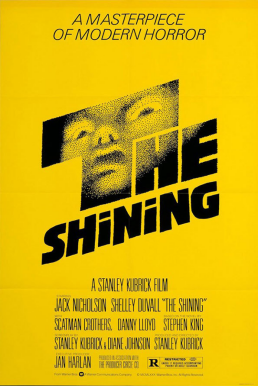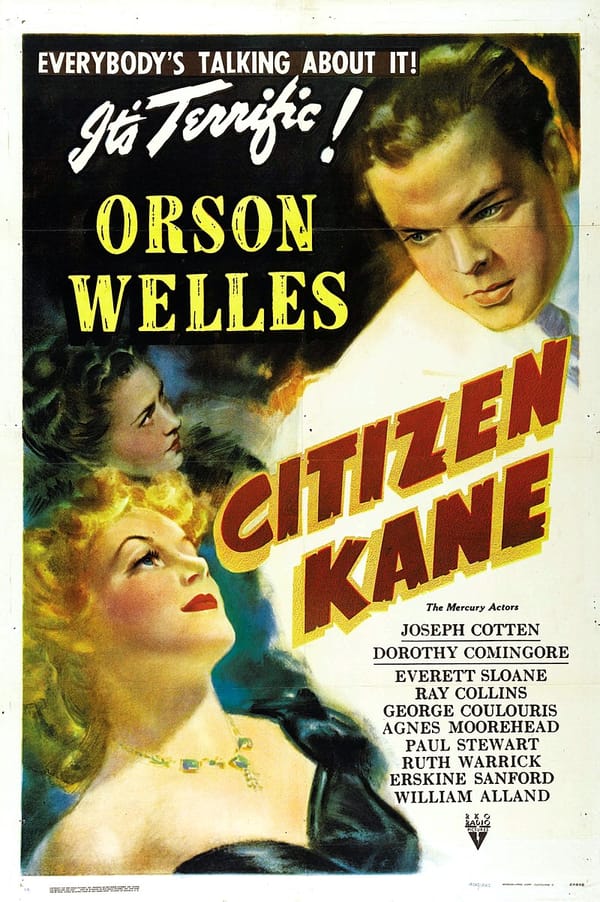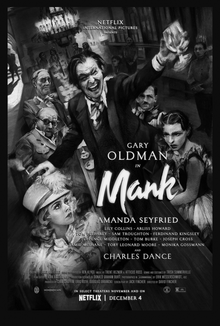Classics of the Week: The Texas Chainsaw Massacre (1974) & Suspiria (1977)
For Halloween, Film Editor Oliver Weir recommends some of the finest features horror can boast
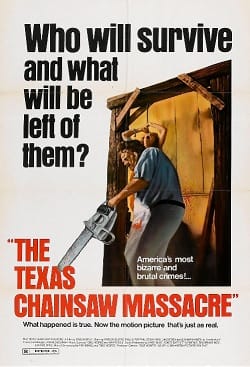
The Texas Chainsaw Massacre blurs the lines between a cinematic experience and an assault. It’s like watching a balloon that’s on the verge of popping, being inflated more and more, and whenever they do release some air, a second later they’re blowing it up again but at twice the previous rate. This unrelenting tension makes for one of the most powerful cinematic experiences you’re likely to have. It doesn’t have a great plot; the visuals are adequate; the dialogue is average; and the performances are forgettable; but the film, for whatever reason, is not. There are very few movies that can be excused in this way, and I hold it in a class of its own in this regard.
“Do you enjoy The Texas Chainsaw Massacre?” is a bit like asking someone whether they enjoy getting punched in the face. The answer is no, but at the same time the specific exhilaration you get is wholly confined to that experience, and in that there’s a unique thrill. This is of course the essence of horror: volunteering to be terrified and tricked, all for the exhilaration of the experience. I see Texas Chainsaw on a par with The Shining in its ability to lull you into its world and then gun for you relentlessly; and although the all-out brutality of Texas Chainsaw is in stark contrast to the symphonic composition of The Shining, it is no less terrifying. Within the savagery and the whistle-stop pace, director Tobe Hooper reaches the pinnacle of artistry in horror: of capturing the essence of fear, then letting it loose on the audience.
What I love most about this movie is its unapologetic tone: it is unashamedly simple and absolutely fearless, and not once does it try to please the audience or attempt to get them on side. As it becomes more twisted and more horrifying it shrugs off any obligations it has to the audience and says bluntly: ‘Deal with it...it’s about to get a whole lot worse in 5 minutes’. Nothing is ever explained, but once the ride begins you very quickly lose the urge to ask questions.
As it becomes more twisted and more horrifying, it shrugs off any obligations it has to the audience and says bluntly: ‘Deal with it...it’s about to get a whole lot worse in 5 minutes’
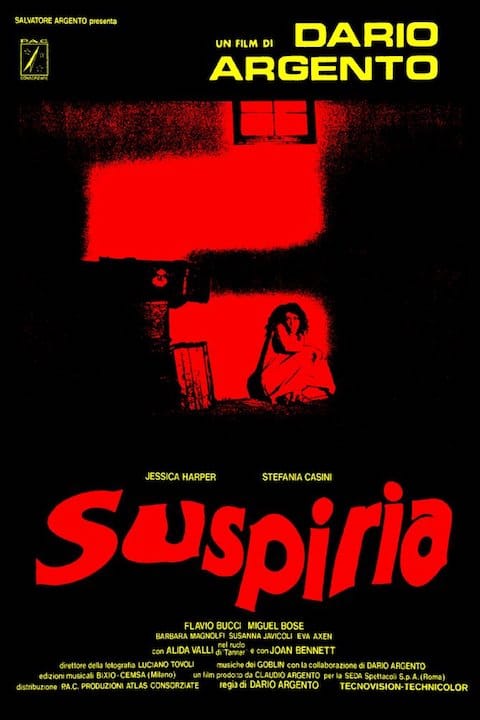
If you have staunchly ruled out watching The Texas Chainsaw Massacre this halloween, then perhaps Suspiria (1977 version) will be a more palatable substitute; it is far less abrasive than Texas Chainsaw (hell, what isn’t?), and keeps itself at a distance, establishing a tempo that is far more refined and much less frenetic. Suspiria follows Suzy Bannion (played by Jessica Harper): an American ballet-dancer who has recently joined a prestigious Tanz Academy in Germany. As her studies get under way, the mysteries of the institution unravel themselves—students disappear, matrons shuffle around at night, and the school’s suspicious directress is much discussed, though rarely seen.
Without hesitation or hyperbole, I can say that the soundtrack and cinematography of Suspiria will blow you away. The music is electric, and the repetition of the central theme is hypnotic. In the few scenes where the tempo is about to let up, the theme tune sounds and a new, ethereal energy is breathed into the picture. The final element to this near-perfect horror film is the cinematography by Luciano Tovoli. The colour palette—consisting of corporeal reds and fleshly crimsons—washes over you as well as Suzy, giving you no sense of direction, no chance of escape. The persistent glares of carnal reds and cobalt blues come to embody both light and dark, the natural and the supernatural, the real and the imagined. [Suspiria (1977), as well as Suspiria (2018), is included with Amazon Prime—of which students can get 6 months for free.]

